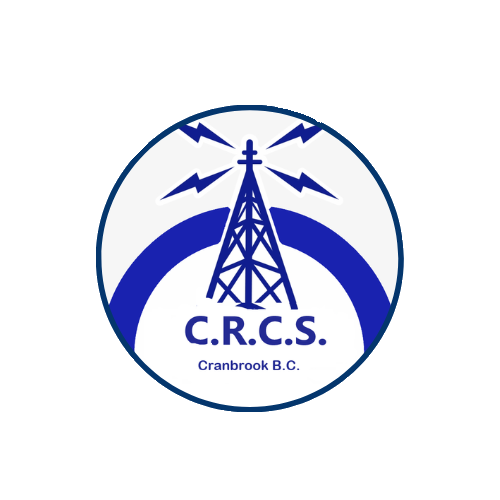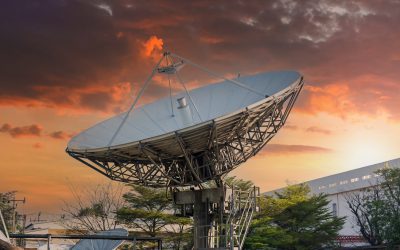Ham radio, or amateur radio, is a fascinating hobby that connects people worldwide through radio communications. One of the most intriguing aspects of ham radio is the variety of frequency bands available to operators. Each ham radio band offers unique characteristics and uses, catering to different communication needs and preferences. In this blog post, we will explore different ham radio bands and their uses, helping both new and experienced operators understand the capabilities and applications of each band.
Understanding Ham Radio Bands
Ham radio bands are specific ranges of frequencies allocated by the International Telecommunication Union (ITU) for amateur radio use. These bands are spread across the radio spectrum, from low-frequency (LF) to very high frequency (VHF) and ultra-high frequency (UHF). Each band has its unique propagation characteristics, making it suitable for various communication purposes.
The 160-Meter Band (1.8-2.0 MHz)
The 160-meter band, also known as the “top band,” is the lowest frequency band available to amateur radio operators. This band is ideal for nighttime communication, as it offers excellent long-distance (DX) propagation during the night. It is primarily used for regional communication and experimentation with antennas and propagation techniques.
Common Uses:
- Nighttime DX communication
- Local and regional ragchewing
- Antenna experimentation
The 80-Meter Band (3.5-4.0 MHz)
The 80-meter band is another popular choice for nighttime communication. It provides reliable regional coverage, making it ideal for local nets and general conversations. During the night, it can also support long-distance communication.
Common Uses:
- Nighttime regional communication
- Local and regional nets
- Emergency communications
- Ragchewing
The 40-Meter Band (7.0-7.3 MHz)
The 40-meter band is known for its versatility, offering good daytime and nighttime propagation. It provides reliable regional communication during the day and excellent long-distance communication at night. This band is widely used for various amateur radio activities, including contests and DXing.
Common Uses:
- Daytime regional communication
- Nighttime DX communication
- Contests and special events
- Emergency communications
The 20-Meter Band (14.0-14.35 MHz)
The 20-meter band is one of the most popular bands for long-distance communication. It offers excellent worldwide propagation during the day and into the early evening. This band is favored by DXers and contesters for its ability to reach distant stations with relatively low power.
Common Uses:
- Worldwide DX communication
- Contests and special events
- Digital modes and data communication
The 15-Meter Band (21.0-21.45 MHz)
The 15-meter band provides good daytime propagation for long-distance communication. It is particularly effective during periods of high solar activity, offering strong signals and minimal interference. This band is popular for international contacts and contests.
Common Uses:
- Daytime DX communication
- Contests and special events
- Digital modes and data communication
The 10-Meter Band (28.0-29.7 MHz)
The 10-meter band is known for its excellent propagation during periods of high solar activity. It offers a wide bandwidth and supports various modes, including voice, digital, and even amateur television. This band is favored for its ability to support long-distance communication with relatively low power.
Common Uses:
- Daytime DX communication
- Contests and special events
- Digital modes and data communication
- Amateur television
The 6-Meter Band (50-54 MHz)
The 6-meter band, also known as the “magic band,” is unique for its variable propagation characteristics. It can support local communication as well as long-distance contacts during sporadic E and F2 propagation events. This band is popular among VHF enthusiasts and those looking for DX challenges.
Common Uses:
- Local communication
- Sporadic E and F2 propagation DXing
- Contests and special events
The 2-Meter Band (144-148 MHz)
The 2-meter band is one of the most widely used VHF bands. It offers reliable local and regional communication and is commonly used for repeaters, simplex operation, and emergency communication. This band is ideal for beginners due to the availability of affordable equipment and extensive repeater networks.
Common Uses:
- Local and regional communication
- Repeaters and simplex operation
- Emergency communications
- Amateur satellite communication
The 70-Centimeter Band (420-450 MHz)
The 70-centimeter band is a popular UHF band known for its excellent line-of-sight communication. It is widely used for repeaters, simplex operation, and satellite communication. This band provides clear signals with minimal interference, making it ideal for urban environments.
Common Uses:
- Local and regional communication
- Repeaters and simplex operation
- Amateur satellite communication
- Digital modes and data communication
Digital Modes and Data Communication
In addition to voice communication, many ham radio bands support digital modes and data communication. Digital modes such as FT8, PSK31, and RTTY offer efficient and reliable communication, even under challenging conditions. These modes are popular for DXing, contests, and general contacts.
Common Uses:
- DX communication with digital modes
- Data communication and messaging
- Contests and special events
Choosing the Right Band for Your Needs
Selecting the right ham radio band depends on your communication goals, operating environment, and equipment availability. Here are some tips to help you choose the right band:
For Long-Distance Communication
- 20-meter and 15-meter bands are ideal for daytime DXing.
- 40-meter and 80-meter bands offer excellent nighttime DX opportunities.
For Local and Regional Communication
- 2-meter and 70-centimeter bands are perfect for local and regional contacts.
- 40-meter and 80-meter bands provide reliable regional communication during the day.
For Contesting and Special Events
- 20-meter, 15-meter, and 10-meter bands are popular for international contests.
- 40-meter and 80-meter bands are widely used for regional contests and events.
For Emergency Communication
- 2-meter and 70-centimeter bands are essential for local emergency nets and repeater networks.
- 40-meter and 80-meter bands offer reliable communication for regional and inter-state emergencies.
Exploring different ham radio bands and their uses can enhance your amateur radio experience and help you achieve your communication goals. Each band offers unique characteristics, making them suitable for various activities, from long-distance DXing to local emergency communication. By understanding the propagation properties and common uses of each band, you can choose the right frequencies for your needs and make the most of your ham radio setup.




